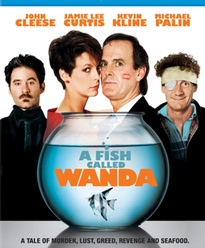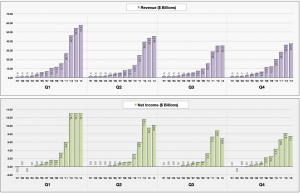A unique way to watch a basketball game
Last night, my wife and I attended the annual OMSI Gala, the main fundraiser for OMSI, which is our amazing local science museum. Through a bad quirk of scheduling, however, the event nearly directly overlapped game six in the Portland-Houston NBA playoff series, which was being played all of three miles up the road.
Game six was a biggie for Trailblazer fans, because Portland had a chance to win the series. For those who don't follow basketball, Portland's recent playoff history is not good—they hadn't won a first-round playoff game in 14 years, in fact. And if we lost game six, we'd have to win game seven in Houston to continue…not a very likely outcome. So while it was definitely do-or-die for Houston, it felt the same to Trailblazer fans; a loss probably meant the end of the series for us, too, though it'd take one more game to finalize it.
Knowing the importance of the Trailblazers to Portlanders (we have but three top-tier professional teams here; the MSL's Timbers and NWSL's Thorns being the other two), the OMSI event organizers did something very cool: they opened the Empirical Theater, home to a four-story-tall massively-wide screen, at the end of the event. That way, those interested could see the end of the game before driving home.











